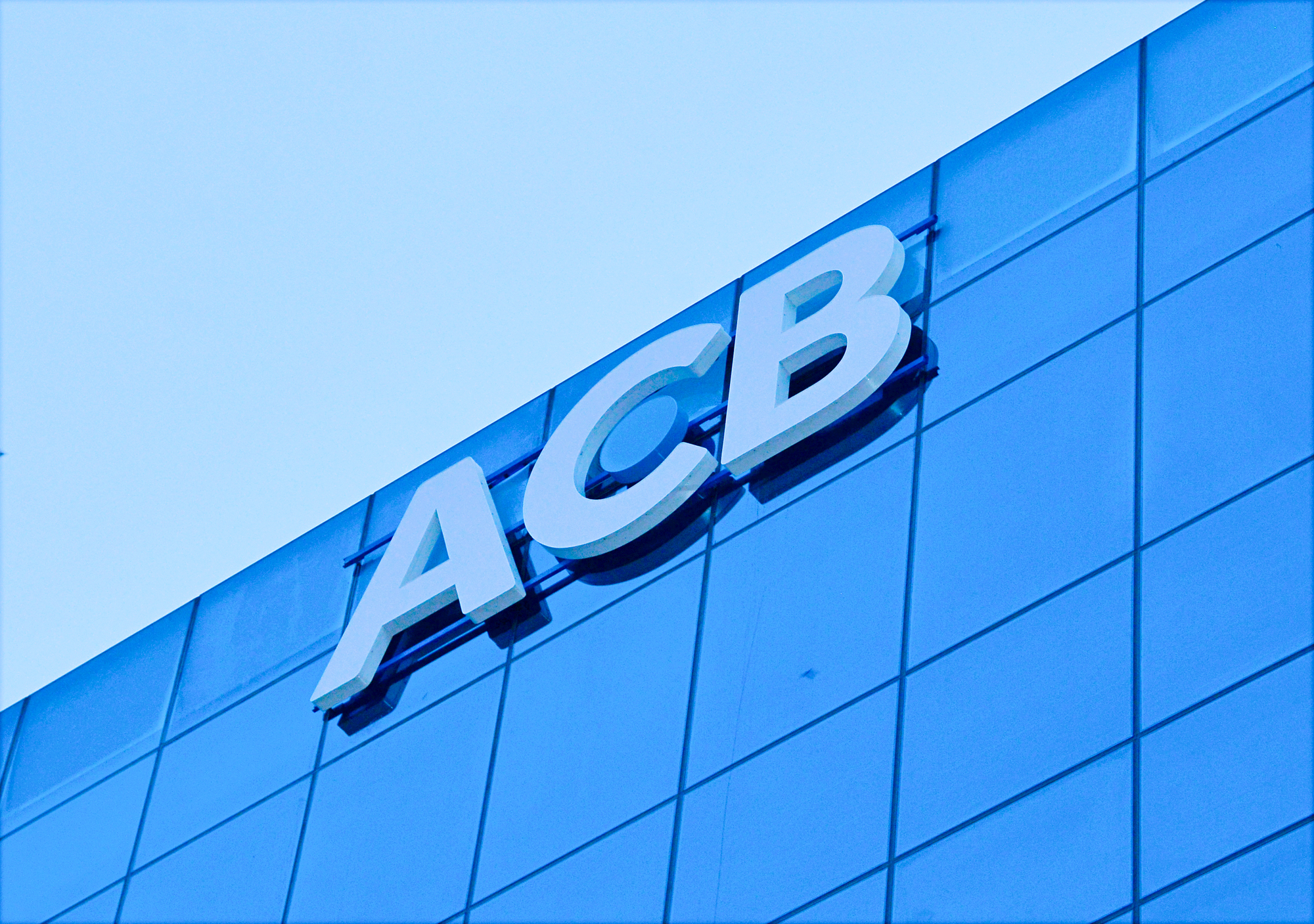
Management capacity helps banks stand firm
When it comes to ESG (Environmental, Social, and Governance), we often think of environmental issues such as climate change and resource scarcity, especially after the United Nations Climate Change Summit COP26. This is because the S and G factors are always present and mandatory for every business, while the E factor is a new factor that is being promoted.
In fact, not only environmental issues are receiving attention, but also Social and Governance aspects are being focused on at a higher level. Especially in the banking sector, which has a significant impact on the economy, the story of governance capacity becomes even more important.
In recent years, when the global economy has been in recession and the domestic financial market has undergone major fluctuations, the need for risk management and financial health to ensure safe operations for banks has been given more attention than profitability and profit growth. Looking at the collapse of some banks in the US and Europe in the past 2 years; looking back at the arduous restructuring process of the Vietnamese banking system over the past 10 years; management lessons are even considered a vital factor for a bank.
According to PwC, the Governance aspect can be understood as the mechanism for monitoring the control activities, processes and practices necessary to manage the business and make effective decisions for the common benefit of the company. The content of Governance includes Business Practices (Ethics, Competitive Behavior), Publicity and Transparency (Tax, Accounting and Internal Audit), Leadership Capacity (Profile of the Board of Directors, Executive Board, Management Compensation, Purpose and Values, Risks and Opportunities, Ownership and Succession).

Currently, ACB is considered a typical bank in terms of governance activities, especially risk management, often mentioned by observers as being cautious and highly safe. This is also the first Vietnamese bank to publish an ESG Sustainability Report, showing a more specific picture of what this bank is doing in terms of Governance.
Sustainable Development Risk Management at ACB
According to ACB, effective governance is the decisive factor for the existence and development of an organization. The bank always maintains the highest standards of business ethics, governance principles and accurate, transparent reporting. ACB is committed to strictly complying with the provisions of the law and the State, aiming towards a "clean" business environment and bringing sustainable value to stakeholders.
Sustainable development risk management at ACB is integrated into the bank's risk management for specific risks, including credit risk, operational risk, market risk, liquidity risk and interest rate risk in the banking book. These risks are regularly monitored and assessed to minimize the impact on the bank's operations and the interests of shareholders, customers and partners.
In particular, for credit risk management, ACB applies a credit policy focusing on environmental issues; improving the efficiency of resource and energy use; improving environmental quality and protecting human health; ensuring sustainable development according to the objectives and tasks in Directive 03/CTNHNN of the State Bank dated March 24, 2015 "On promoting green credit growth and managing environmental and social risks in credit granting activities". ACB's lending activities to customers ensure compliance with the provisions of law on environmental protection according to the Law on Environmental Protection and related guiding circulars. In recent years, ACB has limited its financing of projects related to environmental impacts.

Liquidity risk management always aims at a risk management system with the goal of "Customer-centric" and protecting shareholders' interests. In 2022, ACB will complete the development and official implementation of key contents of the European Central Bank's liquidity adequacy assessment regulations (ILAAP) and Basel III standards, which have been independently reviewed by KPMG for compliance and adequacy. Completion of Basel III and ILAAP will help ACB improve its resilience to systemic risks, handle financial crises, and optimize capital increase plans when needed, thereby proactively responding to conditions related to liquidity risks.
In addition, recently, on December 8, 2023, PwC assessed and recognized ACB's full compliance with Basel III regulations on Interest Rate Risk Management in the Banking Book and Basel II on Market Risk Management. This is the basis for ACB to develop effectively and steadily, especially in the context of a volatile and unstable global economy. In Vietnam, interest rate risk in the banking book is also one of the key risks in banking business activities according to the provisions of law.
Leading Bank in Financial Health
2023 is the year that best demonstrates ACB's risk management capacity, because this is the year when the Vietnamese financial market faces many difficulties, especially the 3 "hot spots": real estate credit, corporate bonds, life insurance. Financial report statistics for the third quarter of 2023 show that most banks have recorded an increase in bad debt, and some have exceeded the 3% mark. Among the banks listed on the stock exchange, ACB is one of the names that witnessed the slightest increase in bad debt, and currently ACB is the bank with the lowest bad debt ratio, at only 1.2%. The bank is also in the leading group in terms of bad debt coverage ratio with 95%, showing its resilience to shocks. In addition, 98% of loans at this bank are secured with a loan-to-value (LTV) ratio of only 54%. ACB also has a leading capital adequacy ratio of 13%, far exceeding the minimum requirement (8%) of Basel II.
Recently, ACB is one of five Vietnamese banks to have its credit rating upgraded by Fitch Ratings. Specifically, Fitch Ratings has upgraded the Government Support Rating (GSR) from 'b+' to 'bb-'. This action reflects Fitch Ratings' view on the state's improved ability to support banks in times of need, as demonstrated by Vietnam's rating upgrade on December 8, 2023.
According to Fitch Ratings, ACB's non-performing loan ratio is below the industry average, reflecting better credit standards than other banks due to less investment in real estate developers. The credit rating agency also expects the bank's asset quality indicators to remain stable over the next 12-18 months amid a stronger economic recovery. "ACB has the highest capital buffer among rated domestic banks. We expect ACB's capital position to continue to improve due to its ability to generate sustainable internal capital and is likely to continue to outpace growth in risk-weighted assets," Fitch Ratings added.
Some opinions say that being too cautious and too strict in risk management will affect the bank's ability to grow profits. However, in reality, at ACB, thanks to risk management, the bank has achieved sustainable profitability. In 2023, ACB is one of the few large private banks to maintain positive profit growth and although it has not announced its annual profit, it is expected to exceed VND 20,000 billion, the highest after 30 years of establishment of this bank. ACB is affirming its position as a bank with healthy operations, effective business, and gaining the trust of customers, partners and shareholders.
Source link





























































Comment (0)